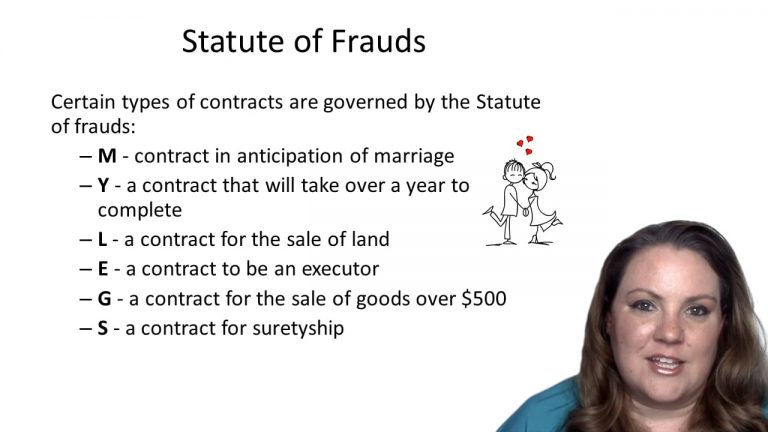SmartBrief
Confirm favorite deletion?
Contracts Keyed to Whaley
Wagers v. Associated Mortgage Investors
Citation:
Washington Court of Appeals, 1978. 19 Wash. App. 758, 577 P.2d 622.Facts
Robert L. Wagers (Plaintiff) was a building contractor who negotiated with Associated Mortgage Investors (Defendant) for the purchase of 104 building lots. Plaintiff submitted an earnest money agreement to defendant to purchase the lots for $250,000 in cash. Defendant informed plaintiff that its board of investors had approved plaintiff’s earnest money agreement to purchase the property for $270,000. Defendant returned plaintiff’s earnest money agreement. Plaintiff approved of the new price, and in reliance on the sale, began to obtain the necessary financing. Defendant later informed plaintiff via letter that they needed to obtain further approvals from the board and clear title before approving the sale, but that they intended to sell the properties to plaintiff on the terms discussed. Defendant made it clear in the letter that it did not believe a binding agreement had been made.
Only StudyBuddy Pro offers the complete Case Brief Anatomy*
Access the most important case brief elements for optimal case understanding.
*Case Brief Anatomy includes: Brief Prologue, Complete Case Brief, Brief Epilogue
- The Brief Prologue provides necessary case brief introductory information and includes:
Topic:
Identifies the topic of law and where this case fits within your course outline.Parties:
Identifies the cast of characters involved in the case.Procedural Posture & History:
Shares the case history with how lower courts have ruled on the matter.Case Key Terms, Acts, Doctrines, etc.:
A case specific Legal Term Dictionary.Case Doctrines, Acts, Statutes, Amendments and Treatises:
Identifies and Defines Legal Authority used in this case.
- The Case Brief is the complete case summarized and authored in the traditional Law School I.R.A.C. format. The Pro case brief includes:
Brief Facts:
A Synopsis of the Facts of the case.Rule of Law:
Identifies the Legal Principle the Court used in deciding the case.Facts:
What are the factual circumstances that gave rise to the civil or criminal case? What is the relationship of the Parties that are involved in the case.Issue(s):
Lists the Questions of Law that are raised by the Facts of the case.Holding:
Shares the Court's answer to the legal questions raised in the issue.Concurring / Dissenting Opinions:
Includes valuable concurring or dissenting opinions and their key points.Reasoning and Analysis:
Identifies the chain of argument(s) which led the judges to rule as they did.
- The Brief Prologue closes the case brief with important forward-looking discussion and includes:
Policy:
Identifies the Policy if any that has been established by the case.Court Direction:
Shares where the Court went from here for this case.
Topic Resources
Topic Refresher Course

 15m 32s
15m 32s